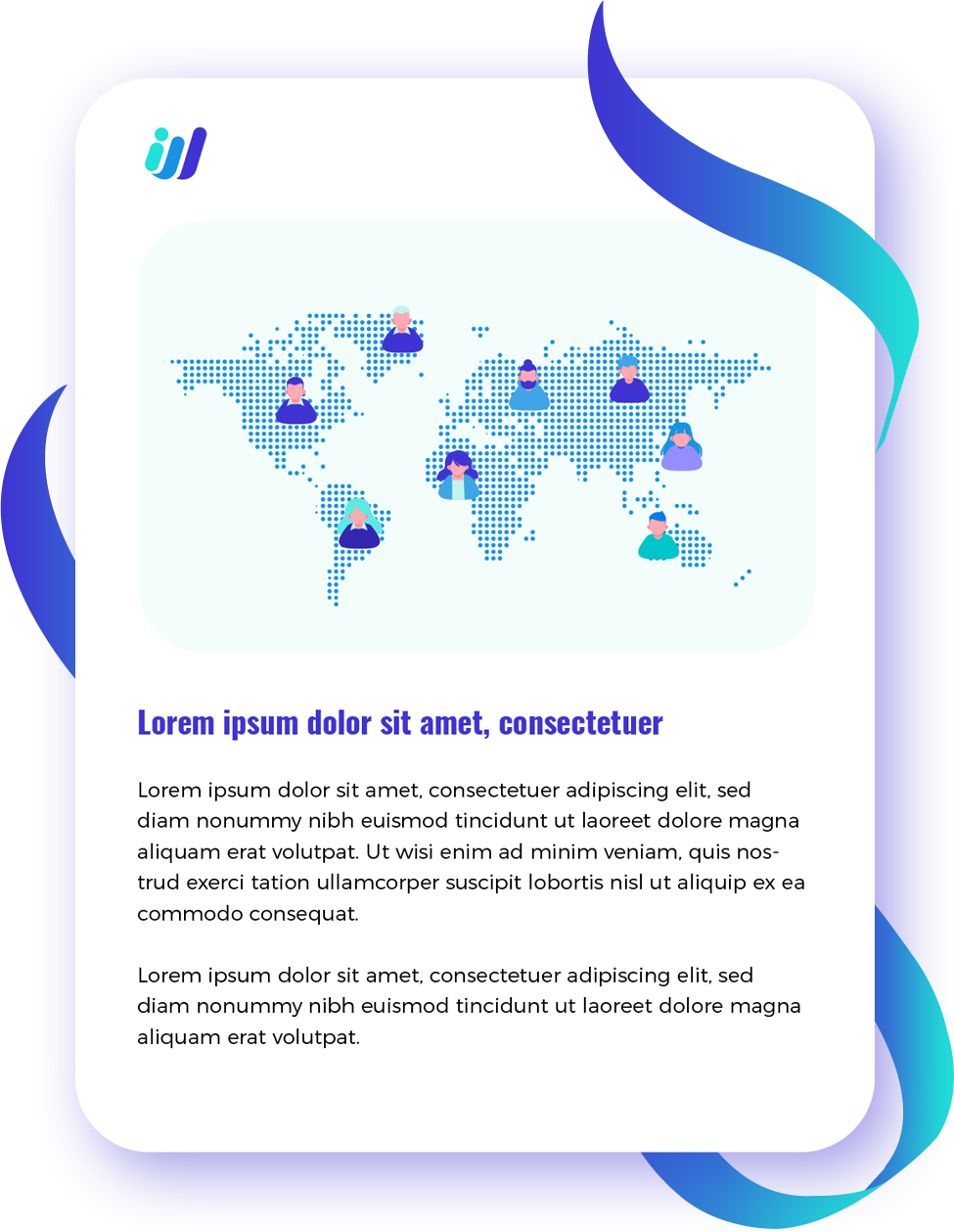The pandemic has become the season for pink slips, layoffs, and sky-high quitting rates. In 2019, the number of unemployed people worldwide is 187.3 million but in 2021, it increased to 220 million. Meanwhile, at least 4 million U.S. employees quit their jobs between July and August 2021. That’s the highest level since the Bureau of Labor Statistics (BLS) started tracking such data in 2000.
So, what is driving this tidal wave of resignation?
“[Employees] don’t want to return to backbreaking or boring, low wage jobs,” Robert Reich, former U.S. Secretary of Labor in the Clinton Administration, tells TIME. “Workers are burned out. They’re fed up. They’re fried. In the wake of so much hardship, and illness and death during the past year, they’re not going to take it anymore.”
Mark Zandi, chief economist at Moody’s Analytics, says that the conditions are good for workers to exert pressure on their employers. “For at least two generations, workers have been on their back heels,” he explains. “We are now seeing a labor market that is tight and prospects are becoming increasingly clear that it’s going to remain tight. It’s now going to be a workers’ market, and they’re empowered. I think they are starting to flex their collective muscle.”
Resignation Rates Are Highest Among Mid-Career Employees
The greatest increase in resignation rates is from employees between 30 and 45 years old. First, the shift to remote work has led employers to be more cautious about hiring people with little experience. This leads to greater demand for mid-career employees in terms of securing more attractive positions. Second, many of these mid-level employees have delayed transitioning out of their roles due to pandemic-related factors. Third, high workloads and other job pressures caused them to rethink their work and life goals.
Rethinking Your Staffing Strategy Amidst The ‘Great Resignation’
The term the “Great Resignation” was coined by Anthony Klotz, an associate professor of management at Texas A&M. He explained, however that this worrisome labor market trend may have a silver lining. This has made companies worldwide not only to raise wages and increase benefits, but also to offer more flexibility to attract and retain an in-person workforce.
“There’s all this talk about people wanting more flexibility post-pandemic,” says Klotz. “There’s an opportunity here for organizations to get together with workers who have to be in person and say, ‘Within the constraints of our business, let’s obviously raise wages and benefits, but let’s also think about flexibility more innovatively.’”
In light of all these challenges, what are staffing strategies that companies can use to boost hiring efforts and make sure businesses can carry as uninterrupted as possible?
- Offer a back-to-work incentive
Attractive perks such as signing bonus, monthly meal allowance, or even offering to pay for childcare costs or in-home care can be a competitive differentiator and the reason that a candidate decides to choose your company versus another.
A back-to-work incentive can also preserve internal salary equity. If prospective candidates ask for a higher salary that is outside the company’s salary range, the company might make up the difference with a back-to-work incentive. Moreover, it allows you to have a considerable edge in fields where demand is strong.
2. Increase workers’ wages
Compensation is a major factor in employee attraction, retention, and turnover. Take a look at the current salaries of your employees and see where there’s room to increase wages. Whether you like it or not, it impacts the behaviors that are enforced, or not enforced, in your organization.
How can you check if you are paying enough?
- Benchmark your salaries: There are several online tools which provide a breakdown of typical employee compensation.
- Gauge worker opinion: Include relevant questions within interviews, email updates, or staff surveys.
- Ask a recruitment consultant: They can provide an understanding of the jobs being advertised by competitors as well as any shifting trends in salaries or benefits.
3. Play up your company benefits
For some companies, more pay isn’t always an option. Merit-based pay plans can increase the attraction of candidates and the retention of talent. Another common tool to utilize is learning and development opportunities. Getting your compensation and benefits strategy right is key to hiring top talents and inspiring employees to productivity, innovation, and loyalty.
Highlight all the good news about your organization – whether it’s about products and services that solve challenges and make the world a better place or performance-based periodic bonuses. Share those throughout your career pages, social media channels and on your job postings.
4. Offer job flexibility and work-from-home benefits
Remote work and flexible schedules are becoming more popular than ever. Whenever possible, offer any of the following:
- Full time work from home arrangement
- Compressed work week
- Part time or reduced hours
- Flex time
- Job sharing
Flexible work policies can attract, retain, and motivate high-performing and experienced talents. This can also increase job satisfaction and ability to handle stress while promoting diversity and inclusivity.
5. Open up apprenticeship opportunities
Consider offering on-site and/or virtual training programs to anyone new to your industry and get them up-skilled using your own techniques in the business. ClinkIT Solutions’ Sidekicks Program, for example, provides an amazing 4-month of professional training from experienced mentors in the IT industry to hone specific skillset, put into practice those skills in the real world, and have the competitive edge to jumpstart their career.
6. Prioritize cultural fit
If your company is ever going to entice people back into working, it is vital to reunite your current team, strengthen relationships from within, and revamp company culture to put emphasis on compassion, honesty, and empathy. It could help you to relate to new talent, encourage retention and referrals, and improve your employer brand.
A strong culture that you can show off to prospective hires from the start gives them a glimpse of what it’s like working for your organization. Addressing culture fit in your hiring process eliminates disappointments and waste of time of both parties. Considering the high cost of employee turnover, a positive company culture must be clearly communicated to candidates during the hiring process to avoid a mismatch and to get the best talent in the door.
7. Get help with recruitment
Many hiring challenges can be solved by getting the services of professional recruiters who have robust networks and tested hiring strategies to help you find qualified matches for vacant roles in your organization. Don’t hesitate to collaborate with outsourcing service providers who specialize in recognizing top talents and ensuring these high potential candidates can get the job done.
Third Wave Outsourcing is here to stay. With all the regulatory and compliance challenges, talent shortage, technology costs, cybersecurity issues, and a shift in product demand – outsourcing has become a viable solution for companies looking to enhance their audience reach, business efficiency, and global influence.
Want to learn more about Third Wave Outsourcing and its benefits? Watch for the upcoming e-book on Third Wave Outsourcing. Sign up here to be notified when it is released and receive related news and updates!



